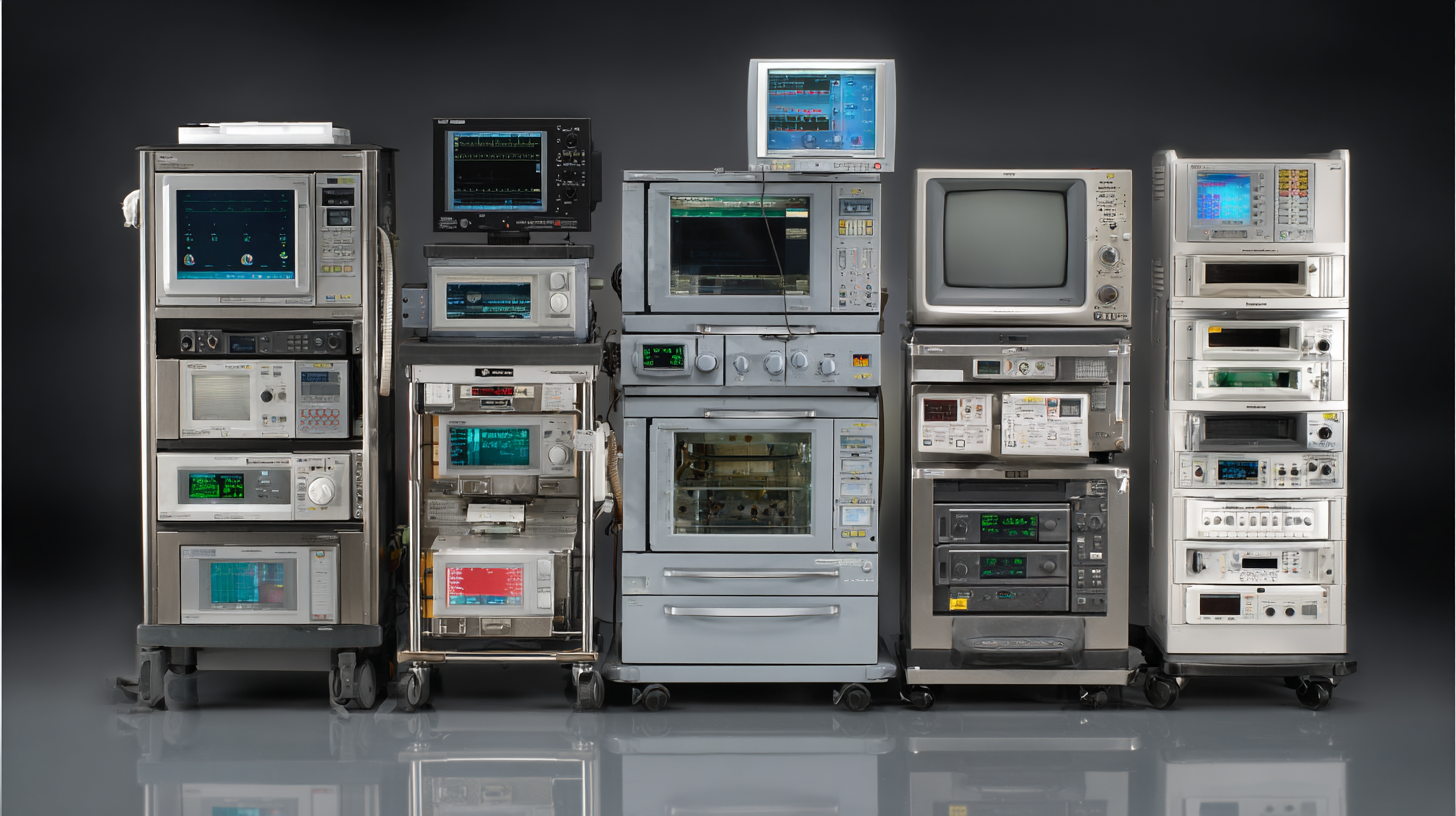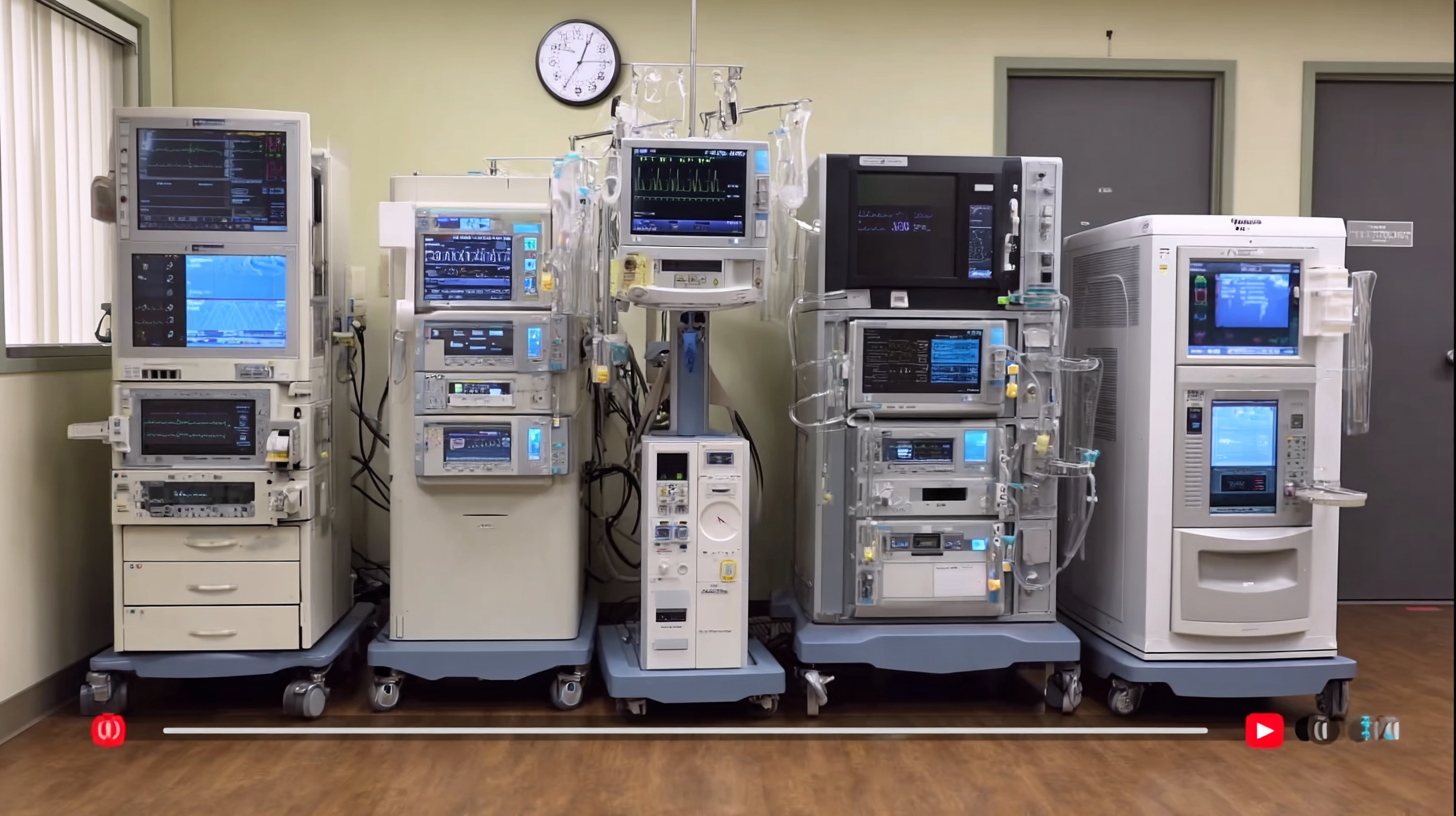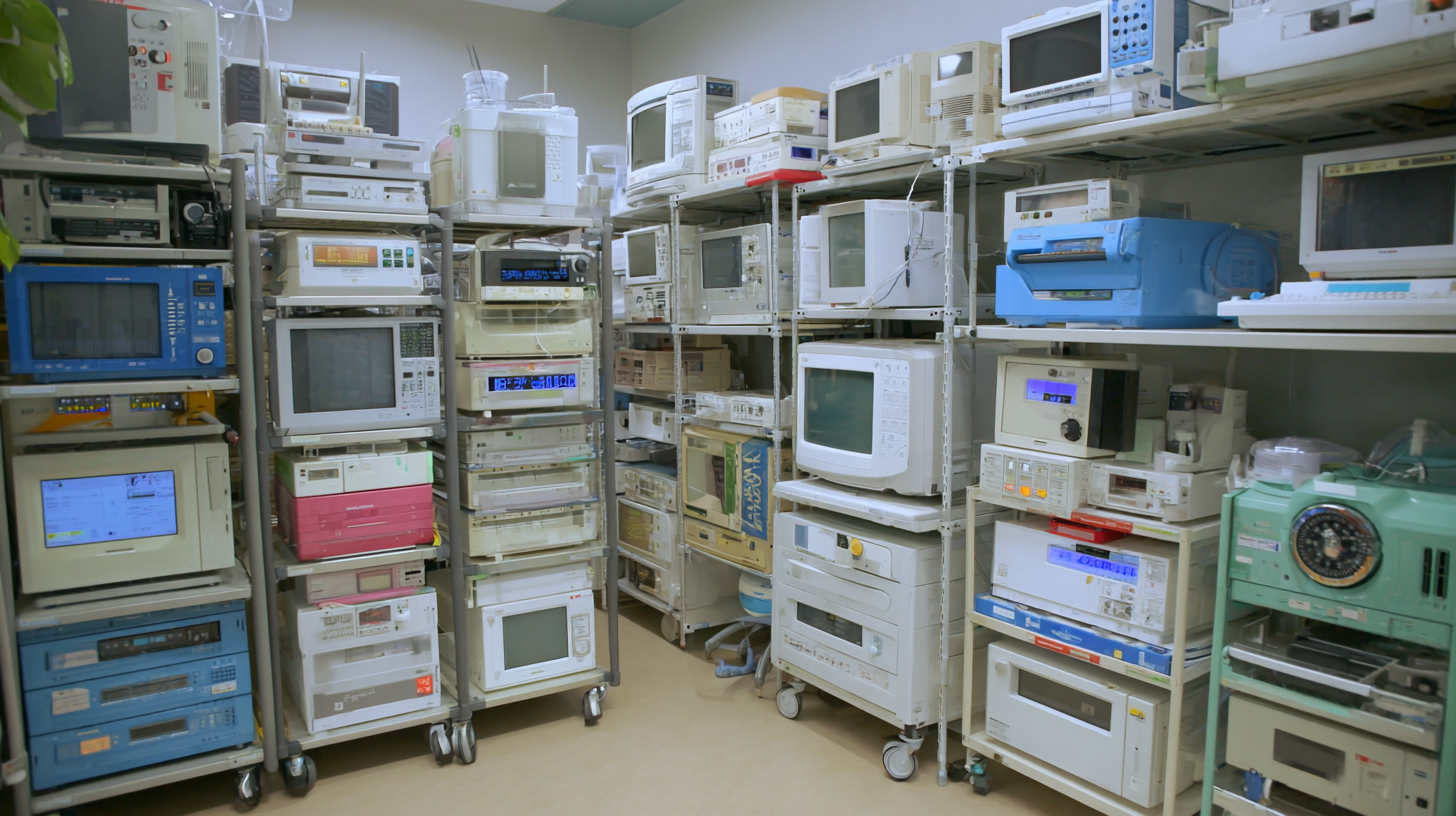Challenges Faced When Selecting Best Used Medical Equipment for Your Facility
The selection of the best Used Medical Equipment for healthcare facilities presents several challenges that need careful consideration. According to a recent report by the World Health Organization, the global medical equipment market is projected to reach $612.7 billion by 2025, with a significant portion comprising pre-owned devices. However, navigating the varying characteristics and application scopes of different types of used medical equipment can be daunting.

Factors such as equipment age, functionality, regulatory compliance, and maintenance history play crucial roles in the decision-making process. Hospitals and clinics must not only evaluate the cost-effectiveness of used devices but also ensure their reliability and safety, as subpar equipment can lead to adverse patient outcomes. In this blog, we will explore these challenges in detail and offer insights into making informed choices that enhance healthcare delivery while managing budget constraints.
Understanding Your Facility's Specific Needs for Medical Equipment
Selecting the best used medical equipment involves a deep understanding of your facility's specific needs. According to a report by the Global Healthcare Market Report, hospitals and clinics are increasingly shifting towards refurbished medical equipment due to significant cost savings, which can reach up to 30-50% compared to brand new equipment. However, understanding the precise requirements of your facility is crucial to making informed purchasing decisions.
Different departments within a healthcare facility have varied equipment needs. For example, a surgical department may require high precision imaging systems and advanced anesthesia machines, while a primary care clinic might benefit more from basic diagnostic tools. The Healthcare Financial Management Association emphasizes conducting a thorough needs assessment by involving clinical staff to identify critical equipment requirements. This process not only optimizes resource allocation but also enhances patient care, ensuring that the used equipment aligns with the facility's operational goals and regulatory standards.
Challenges Faced When Selecting Best Used Medical Equipment for Your Facility
| Challenge | Description | Impact on Facility | Importance Level |
|---|---|---|---|
| Compatibility with Existing Systems | Ensuring new equipment can integrate seamlessly with current technology. | Poor integration can lead to operational inefficiencies. | High |
| Budget Constraints | Limited financial resources to purchase necessary equipment. | May require compromising on essential features. | Critical |
| Regulatory Compliance | Adhering to local and federal regulations for medical equipment. | Non-compliance can result in fines and operational shutdowns. | High |
| Maintenance and Support | Availability of maintenance and technical support for equipment. | Lack of support can lead to prolonged downtimes. | Medium |
| Training and Staff Adaptation | Need for training staff to use new technology effectively. | Inadequate training can affect patient care quality. | High |
Evaluating the Condition and Reliability of Used Medical Equipment
When selecting used medical equipment for your facility, evaluating the condition and reliability of the equipment is paramount. The first step is to thoroughly assess the physical appearance of the equipment. Look for signs of wear and tear, corrosion, or any modifications that may have been made. Scrutinizing the equipment's exterior can provide crucial insights into its overall condition and maintenance history. Additionally, ensuring that all labels and certifications are intact is essential for validating the equipment’s compliance with regulatory standards.
In conjunction with physical checks, it is vital to review the equipment's operational functionality. Requesting a comprehensive checklist of the equipment's performance history can help identify any recurring issues or repairs that may have been needed in the past. Conducting a trial run, if possible, will help gauge the reliability of the equipment in a real-world setting. Moreover, collaborating with reputable suppliers who offer warranties or service agreements is a smart strategy to ensure that your investment is protected against unforeseen malfunctions.
By focusing on these evaluation criteria, facilities can secure used medical equipment that not only meets their operational needs but also ensures patient safety and care quality.
Navigating Regulatory Standards and Compliance for Pre-Owned Equipment
When it comes to selecting used medical equipment, navigating regulatory standards and compliance can be particularly challenging. Facilities must be aware of the specific guidelines set forth by regulatory bodies that govern the purchase and utilization of pre-owned medical devices. This includes understanding the nuances of safety, efficacy, and proven performance. A facility’s ability to meet these regulatory standards directly impacts the quality of care patients receive, making it imperative for decision-makers to ensure that any used equipment procured has been thoroughly vetted for compliance with current regulations.

Regulatory frameworks are evolving, reflecting ongoing changes in both technology and public health priorities. For instance, the rise of digital health technologies presents a unique set of compliance challenges. The intersection of rapid innovation and stringent regulatory demands requires facilities to not only stay informed about existing compliance measures but also anticipate forthcoming changes. By embracing strategies that include obtaining certificates of compliance and conducting thorough due diligence, healthcare providers can mitigate risks associated with outdated or inadequately assessed equipment. As the landscape continues to shift, facilities must prioritize regulatory adherence to ensure both operational efficiency and patient safety.
Assessing the Total Cost of Ownership for Used Medical Devices
When considering the acquisition of used medical equipment, assessing the Total Cost of Ownership (TCO) is crucial for healthcare facilities. TCO extends beyond the initial purchase price and encompasses various factors that influence the long-term financial impact of the devices. These factors include maintenance costs, potential repairs, upgrades, and the overall lifespan of the equipment. By analyzing these elements, facilities can make informed decisions that align with their budgets and operational needs.

Moreover, the TCO assessment should also include indirect costs such as training for staff and the potential costs of downtime due to equipment failure. While used medical devices can offer significant savings, hidden costs may arise that could offset these benefits. Therefore, a thorough evaluation allows healthcare administrators not only to choose equipment that fits their financial constraints but also to ensure that their facility operates efficiently and effectively in delivering patient care.
In the end, a comprehensive understanding of TCO can lead to better procurement strategies that enhance the quality of services provided to patients.
Finding Reputable Sources and Vendors for Quality Used Equipment
When it comes to sourcing quality used medical equipment, one of the primary challenges is identifying reputable vendors. In an industry where safety and reliability are paramount, it is essential to ensure that the suppliers you consider have a proven track record. Start by seeking recommendations from trusted healthcare professionals or organizations that have previously purchased used equipment. This peer-driven approach can lead you to reliable sources that may not be widely advertised but are known for their integrity.
Moreover, conducting thorough research on vendors is vital. Look for companies that provide certification and warranty options for their equipment, as these indicate a commitment to quality. Reading online reviews and testimonials from other buyers can also provide valuable insights into a vendor’s reliability. Additionally, connecting with industry associations or attending trade shows can shine a light on respected suppliers who specialize in used medical equipment, helping you make informed decisions for your facility.
